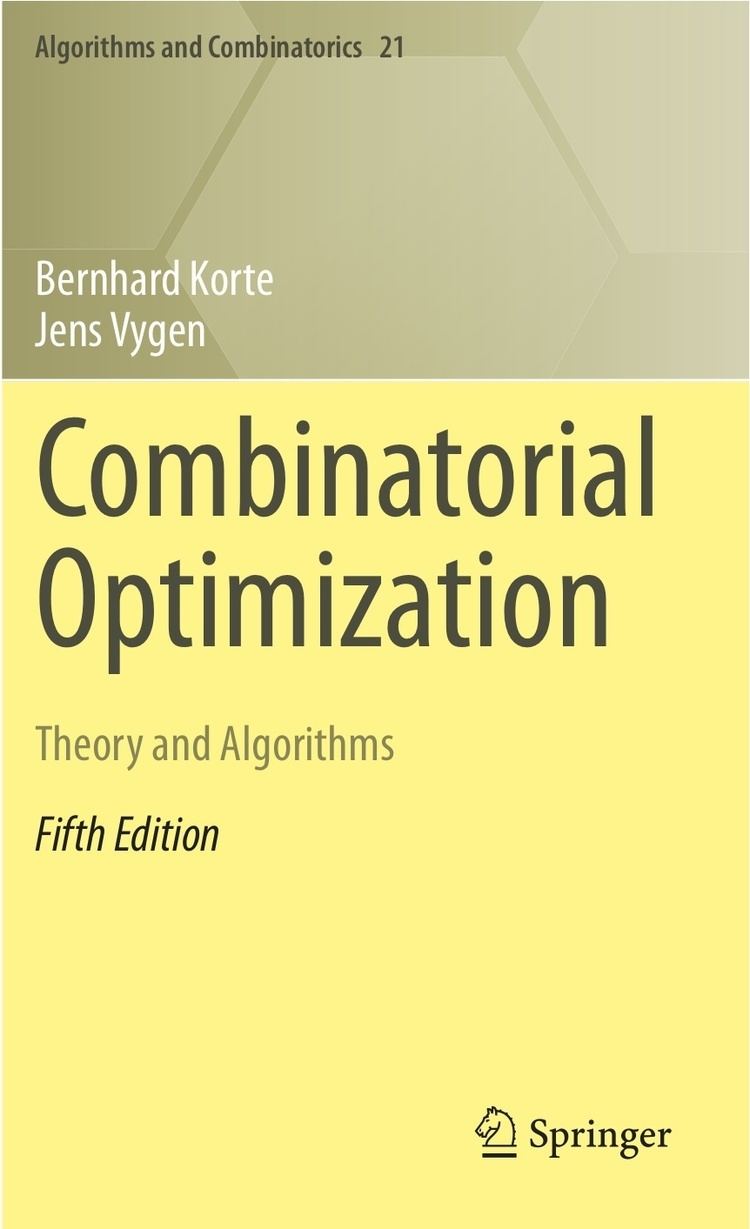 | ||
Combinatorial optimization part 1 pdg
In applied mathematics and theoretical computer science, combinatorial optimization is a topic that consists of finding an optimal object from a finite set of objects. In many such problems, exhaustive search is not feasible. It operates on the domain of those optimization problems, in which the set of feasible solutions is discrete or can be reduced to discrete, and in which the goal is to find the best solution. Some common problems involving combinatorial optimization are the travelling salesman problem ("TSP") and the minimum spanning tree problem ("MST").
Contents
- Combinatorial optimization part 1 pdg
- Combinatorial optimization
- Applications
- Methods
- Specific problems
- References
Combinatorial optimization is a subset of mathematical optimization that is related to operations research, algorithm theory, and computational complexity theory. It has important applications in several fields, including artificial intelligence, machine learning, mathematics, auction theory, and software engineering.
Some research literature considers discrete optimization to consist of integer programming together with combinatorial optimization (which in turn is composed of optimization problems dealing with graph structures) although all of these topics have closely intertwined research literature. It often involves determining the way to efficiently allocate resources used to find solutions to mathematical problems.
Combinatorial optimization
Applications
Applications for combinatorial optimization include, but are not limited to:
Methods
There is a large amount of literature on polynomial-time algorithms for certain special classes of discrete optimization, a considerable amount of it unified by the theory of linear programming. Some examples of combinatorial optimization problems that fall into this framework are shortest paths and shortest path trees, flows and circulations, spanning trees, matching, and matroid problems.
For NP-complete discrete optimization problems, current research literature includes the following topics:
Combinatorial optimization problems can be viewed as searching for the best element of some set of discrete items; therefore, in principle, any sort of search algorithm or metaheuristic can be used to solve them. However, generic search algorithms are not guaranteed to find an optimal solution, nor are they guaranteed to run quickly (in polynomial time). Since some discrete optimization problems are NP-complete, such as the traveling salesman problem, this is expected unless P=NP.
